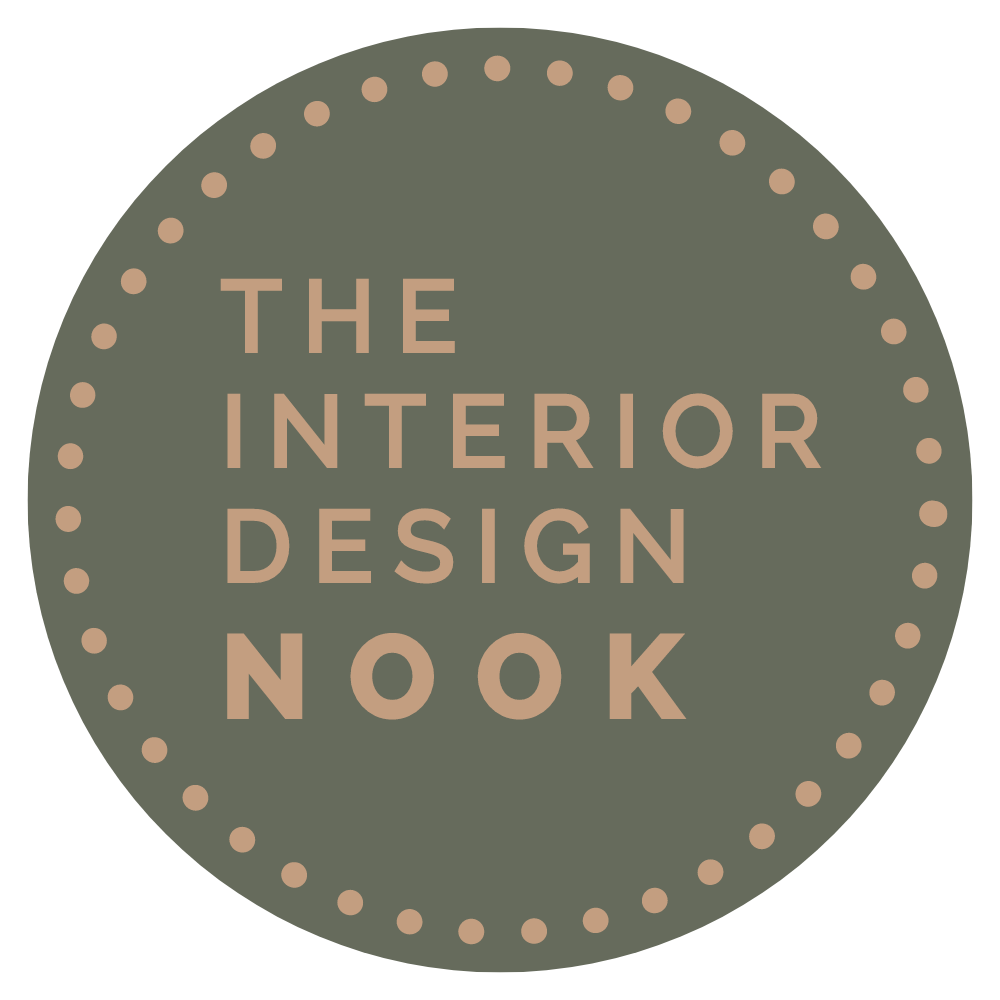Sensory positive home: Sensory toolkit
If you have sensory issues, your home has a big impact on your wellbeing. The way your home looks, feels, sounds and smells is really important, and it’s crucial for the rooms in your home to support the way you need to feel and behave in those spaces – a calm bedroom, a gentle but uplifting morning shower, a relaxing evening bath, an energising and focused home office.
This is the first of the Sensory Positive Home post series to guide you through creating a neurodivergent-friendly home. Today we are taking an overview, identifying sensory needs and where they apply in your home, and exploring a quick and easy change you can make right away to get the ball rolling.
Reduce Overwhelm
Reducing overwhelm is especially important in communal spaces such as the living room and kitchen, where these is often a lot going on and you will have other people around you. It’s also important in functional spaces such as the hallway or your wardrobe where you need to exercise executive function*.
Uplifting Stimulation
Your home needs to be uplifting, especially in areas where you need to be at your best such as a home office. We tend to focus on calming addressing sensory needs, but we also need to consider the stimulation we require to be productive. Another key area for this is your entry/hallway - if you've been dealing with sensory overload from the outside world, when you open the front door you want to feel that wash away and be welcomed by an uplifting, joyful and 100% ‘you’ environment. Sophie Robinson talks about designing a hallway that says “Hello and welcome home” and has chosen a colour palette that makes her feel joyful and reflects her personality (take a look here).
Retreat & Regulate
Have a place of retreat in your home to regulate when you are overwhelmed and to help manage meltdowns and shutdowns. This is often a bedroom but could also be a snug or even the bathroom (hands up all those with toddlers who go to the loo for a moment’s sanity)! You want to be enveloped into a space with zero negative sensory inputs, where you can feel calm, regulate and recharge.
Sensory Toolkit
You are probably familiar with sensory rooms for children - they often involve coloured lights, bubble tubes and sensory toys. Your home doesn’t need to be like that to be a positive sensory space for you. It just needs to be full of things that do the same job to meet your sensory needs, and void of things that cause you sensory problems. The best place to start is with something quick and easy which involves little preparation in implement, and that’s creating a zone of retreat with some sensory tools to help you be your best self.
What sensory tools do you need to calm down? Make a zone such as a shelf or box with your tools on it – for me this is an electric fan, starry light projector, headphones to listen to ambient sounds, a jar of incense sticks, a ribbon and a lavender bag. It’s a shelf above my bed, and I also have cushions with the ‘right’ textures for me and a weighted blanket. These address my sensory needs and are built into my interior design plan so that when I need them, I don’t have to go round the house trying to find anything and I don’t need to explain my needs to anyone else at a time when I might struggle to communicate effectively.
You can even make a few of these zones throughout your house as it’s not always possible to abandon everything for half an hour of regulation time to yourself! Perhaps a drawer in your coffee table could be dedicated to sensory tools that you can grab to help you through difficult moments. This might have different things in it compared to your main Retreat & Regulation zone. Mine has tools to address immediate issues that might be making me overwhelmed such as a hand cream and, yes, that is a colour chart! It’s familiar, visually stimulating, and doesn’t require silence for me to engage with it - a perfect regulation tool to engage with whilst doing some deep breathing.
Have you got a spot for a sensory toolkit in your home? Let me know in the comments or on Facebook!
* ‘Executive function’ refers to a set of skills such as planning ahead, self-control, follow multiple-step processes even when interrupted, and staying focused despite distractions, among others. People with ADHD and other diverse neurotypes can have challenges with these skills. If you struggle with executive function, you don’t have ‘autopilot’ for daily tasks such as having a shower, packing your bag or making a sandwich, so these take up a lot of mental effort. On the flip side, many people with ADHD excel at complex tasks and academic thinking because they are able to see the whole picture and problem-solve in all directions at once.




